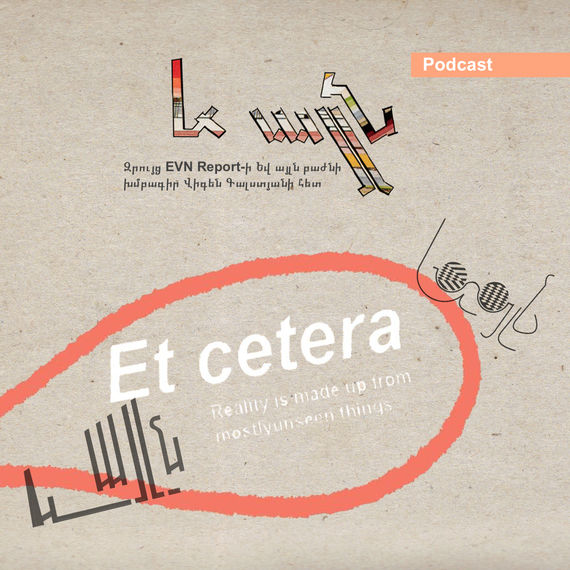Wed Apr 14 2021
“Michael Jackson, Know This Well, I Can’t Bear This Pain”
By Karen Avetisyan
The “Top Ten of Rabiz” was a series of albums produced by a group of young men trying to reproduce the scattered reality of the 1990s through the language of music and an experimental format that was never really “rabiz.”
Mon Mar 29 2021
Back to the Future: The Evolution of Post-Soviet Aesthetic in Armenian Fashion
By Anais Gyulbudaghyan
The Armenian love for following trends is something that is a part of the collective cultural and political history. And that tendency became stronger after the collapse of the Soviet Union.
Sun Mar 21 2021
“Where Are You, Soghomon?” Arman Nshanian’s Melodrama About Komitas
By Sona Karapoghosyan
“Songs of Solomon” promises to tell the story of young Komitas but ends up disappointing as the direction drastically changes, turning into another tragic film about the Armenian Genocide and Komitas simply a faded symbol emphasizing a lost culture and history.








